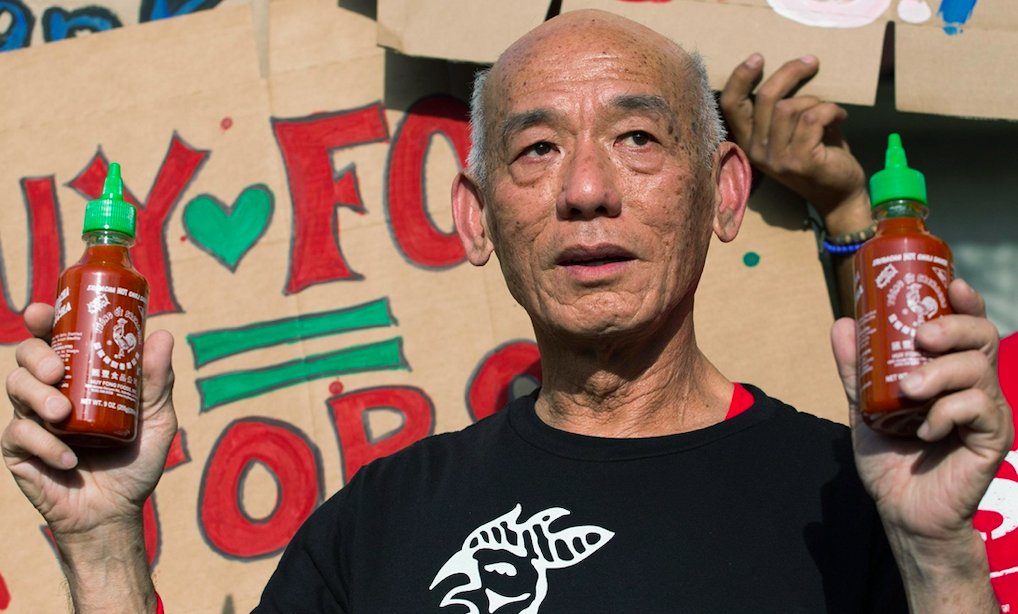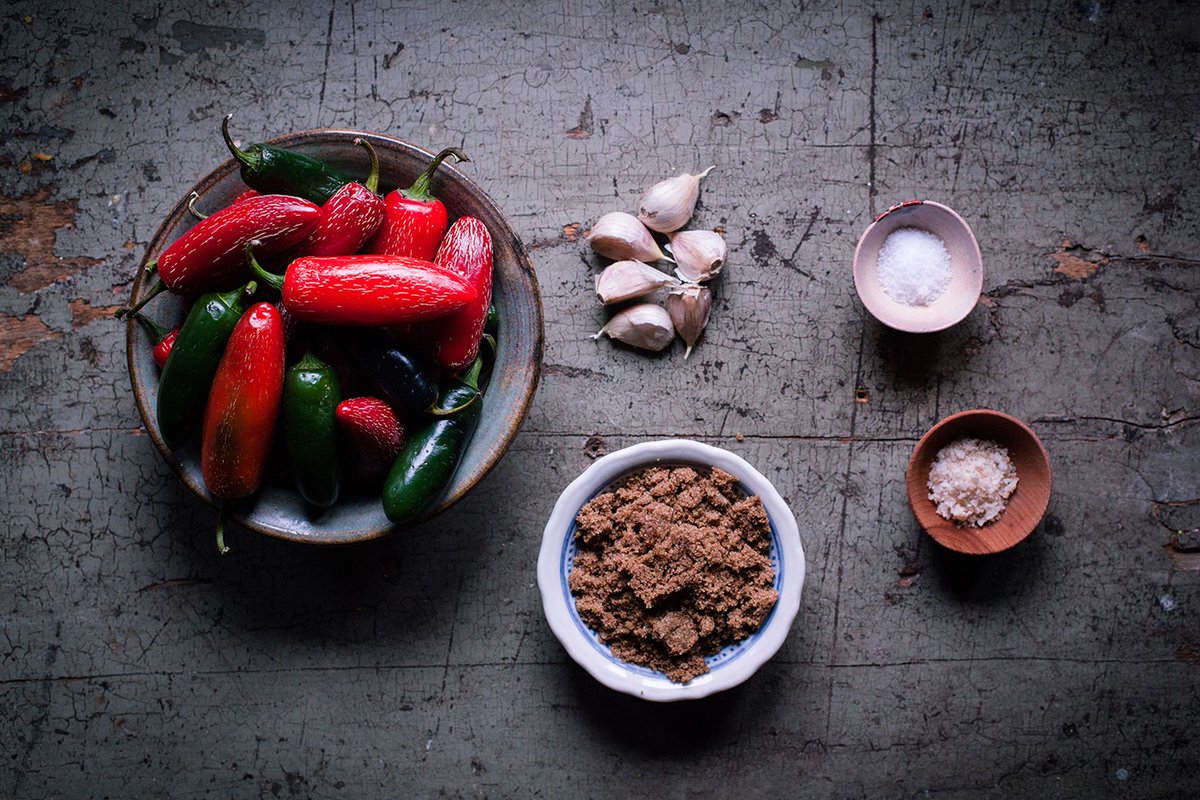
Microsoft just reached $2T, pushing Steve Ballmer's net worth to $80B.
Interestingly: when Ballmer joined MSFT in 1980, he was employee #30 and received ZERO equity. By its IPO in 1986, he owned 8% of MSFT.
How did Ballmer get that stake? A contract quirk.
Here's the story🧵
Interestingly: when Ballmer joined MSFT in 1980, he was employee #30 and received ZERO equity. By its IPO in 1986, he owned 8% of MSFT.
How did Ballmer get that stake? A contract quirk.
Here's the story🧵

1/ Ballmer's Microsoft tale begins in 1975, his sophomore year at Harvard.
He lived down the hall from some dude named Bill Gates.
While Gates dropped out to start Microsoft, Ballmer was a total Harvard head -- playing on the Football team and writing for The Crimson.
He lived down the hall from some dude named Bill Gates.
While Gates dropped out to start Microsoft, Ballmer was a total Harvard head -- playing on the Football team and writing for The Crimson.

2/ After graduating, Ballmer tried his hands at a few things:
◻️ Product Manager at P&G, where he worked with future GE CEO Jeff Immelt
◻️ A brief attempt at Hollywood screenwriting
◻️ Stanford Business School
While at Stanford, Ballmer was convinced by Gates to drop out...
◻️ Product Manager at P&G, where he worked with future GE CEO Jeff Immelt
◻️ A brief attempt at Hollywood screenwriting
◻️ Stanford Business School
While at Stanford, Ballmer was convinced by Gates to drop out...
3/ ...and come join Microsoft.
It was 1980 and the software co. was seeing explosive revenue growth: $16k in 1976 --> $8m in 1980.
Ballmer was to be Gates' first non-technical hire and the offer he gave reflects the fact that Gates' hadn't recruited a business person before.
It was 1980 and the software co. was seeing explosive revenue growth: $16k in 1976 --> $8m in 1980.
Ballmer was to be Gates' first non-technical hire and the offer he gave reflects the fact that Gates' hadn't recruited a business person before.

4/ Ballmer's offer:
◻️ the title of "business manager"
◻️ $50k base salary
◻️ZERO equity
◻️CRUCIALLY-- as Microsoft was so desperate for sales know-how -- Gates (and co-founder Paul Allen) gave Ballmer "10% of profit growth" he could generate.
◻️ the title of "business manager"
◻️ $50k base salary
◻️ZERO equity
◻️CRUCIALLY-- as Microsoft was so desperate for sales know-how -- Gates (and co-founder Paul Allen) gave Ballmer "10% of profit growth" he could generate.

5/ With Microsoft growing like a weed (it would 2x to $17m in 1981), Ballmer's "10% of profits" deal was not sustainable.
At the time, Microsoft was a partnership (Gates 64% / Allen 36%).
One early VC (Dave Marquardt) wanted to restructure the corp for wider stock ownership.
At the time, Microsoft was a partnership (Gates 64% / Allen 36%).
One early VC (Dave Marquardt) wanted to restructure the corp for wider stock ownership.

6/ Gates wanted nothing to do with the restructuring, so Ballmer and Marquardt took the lead.
This was the corporate structure they drafted:
◻️ Gates and Allen own 84%
◻️ 8% goes to investors
◻️ 8% goes to Ballmer (in exchange for *waiving* his 10% profit share deal)
This was the corporate structure they drafted:
◻️ Gates and Allen own 84%
◻️ 8% goes to investors
◻️ 8% goes to Ballmer (in exchange for *waiving* his 10% profit share deal)
7/ Gates was OK with the deal but Allen was not.
He wanted Ballmer to own 5% max...so Gates agreed to drawdown the rest of the equity to give Ballmer from his own pool.
By 1986, Ballmer owned 8% of $MSFT. It was worth ~$56m when Microsoft IPO'd at $700m.
He wanted Ballmer to own 5% max...so Gates agreed to drawdown the rest of the equity to give Ballmer from his own pool.
By 1986, Ballmer owned 8% of $MSFT. It was worth ~$56m when Microsoft IPO'd at $700m.

8/ In the decades since, Ballmer -- who was Microsoft's high-energy CEO from 2000-2014 -- has largely kept his stake in $MSFT.
Today, he owns ~4% of the tech giant while Gates owns ~1.4% (Allen died in 2018, and long ran down his stake).
Today, he owns ~4% of the tech giant while Gates owns ~1.4% (Allen died in 2018, and long ran down his stake).
9/ Ballmer is currently the world's 14th richest person and very high-profile owner of the LA Clippers (which he bought for $2B in 2014).
As far as "contract quirks" go, the one Ballmer had when he signed with Microsoft has to be one of the most outrageously lucrative ever.
As far as "contract quirks" go, the one Ballmer had when he signed with Microsoft has to be one of the most outrageously lucrative ever.
10/ Follow @TrungTPhan for other baller business stories and -- also -- a steady drip of dumb memes:
https://twitter.com/TrungTPhan/status/1387556530501820420?s=20
11/ Sources
NYT: nytimes.com/2007/01/28/bus…
Wiki: en.wikipedia.org/wiki/Steve_Bal…
Forbes: forbes.com/sites/georgean…
NYT: nytimes.com/2007/01/28/bus…
Wiki: en.wikipedia.org/wiki/Steve_Bal…
Forbes: forbes.com/sites/georgean…
12/ Here’s a random video of Ballmer waiving his hands around like Dennis Rodman:
13/ This may or may not have been Ballmer when he signed the MSFT contract that gave him 8% of the company:
https://twitter.com/JoePompliano/status/1410436710396272640?s=20
• • •
Missing some Tweet in this thread? You can try to
force a refresh
























